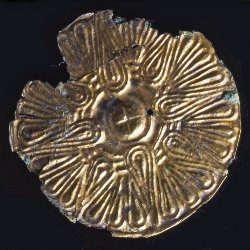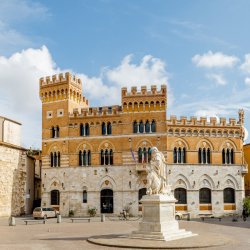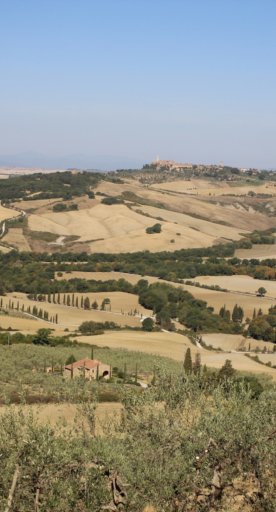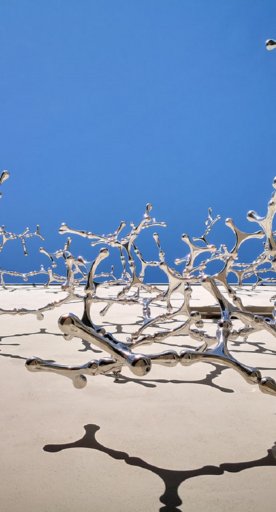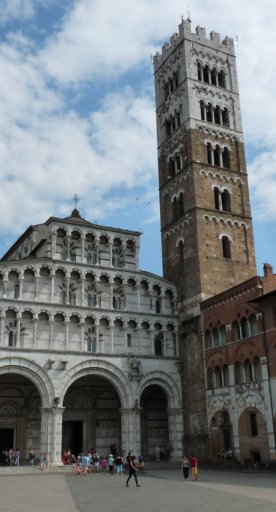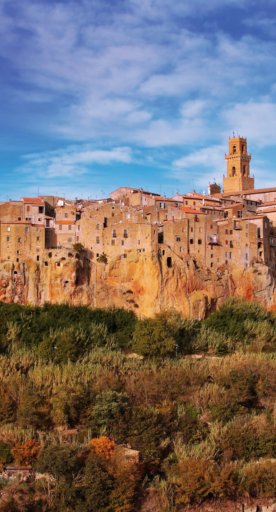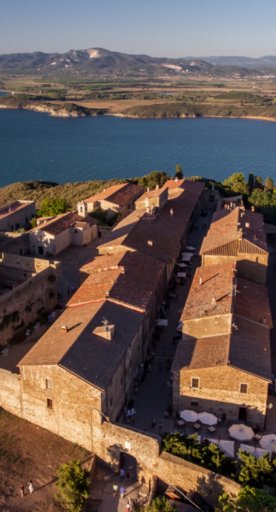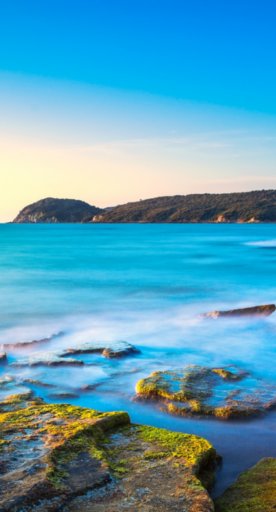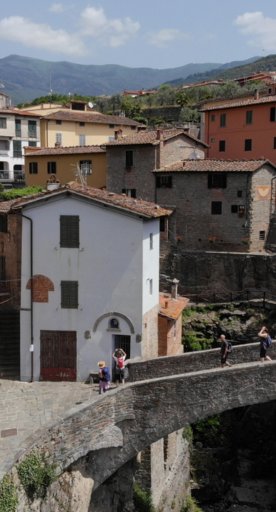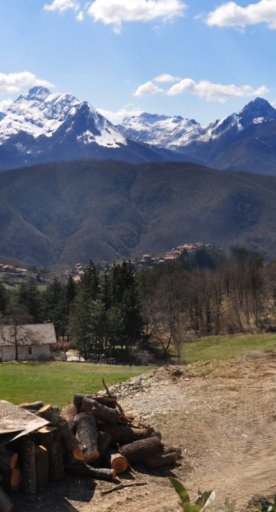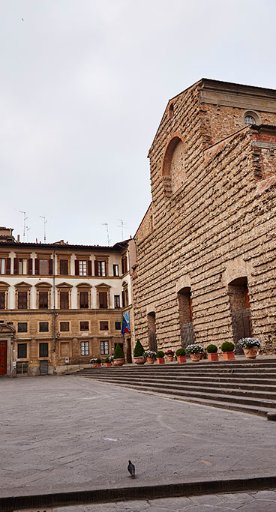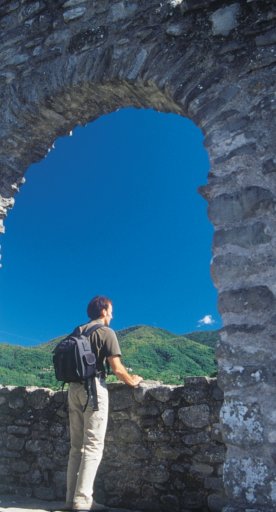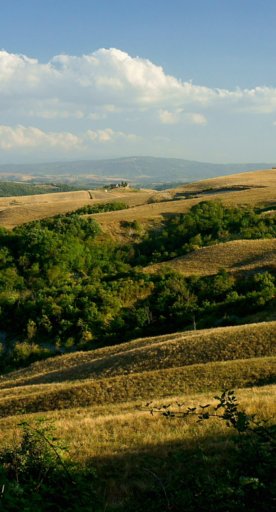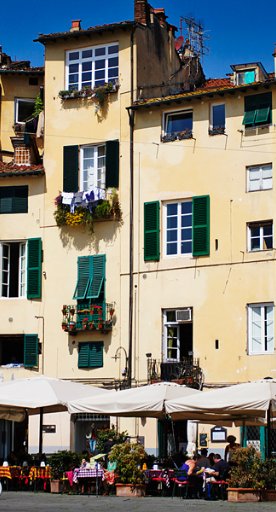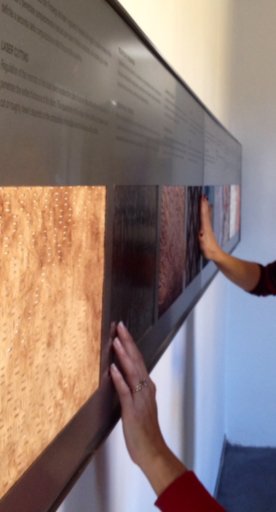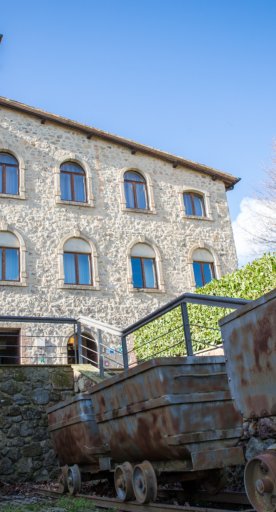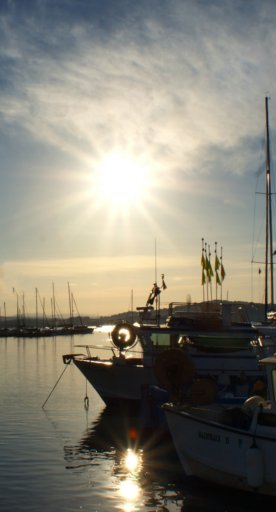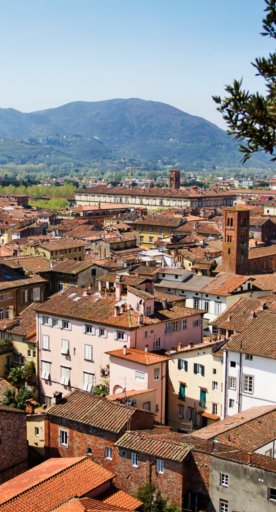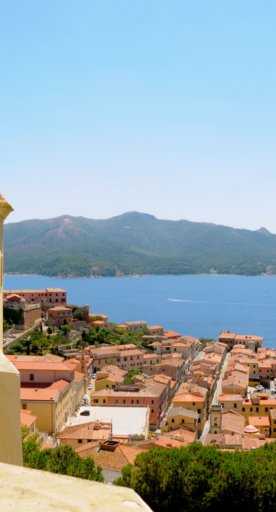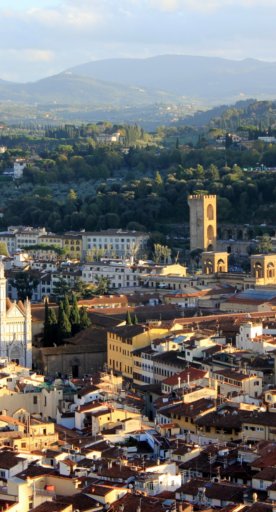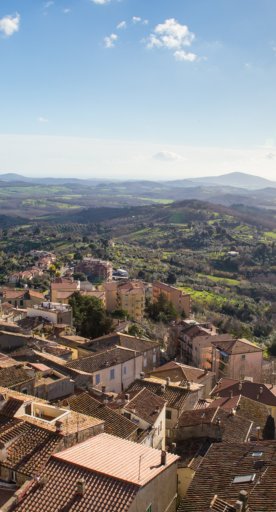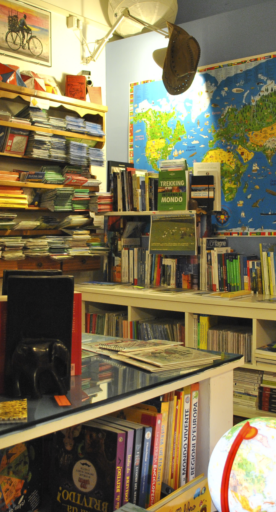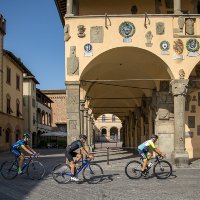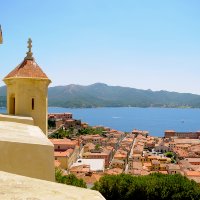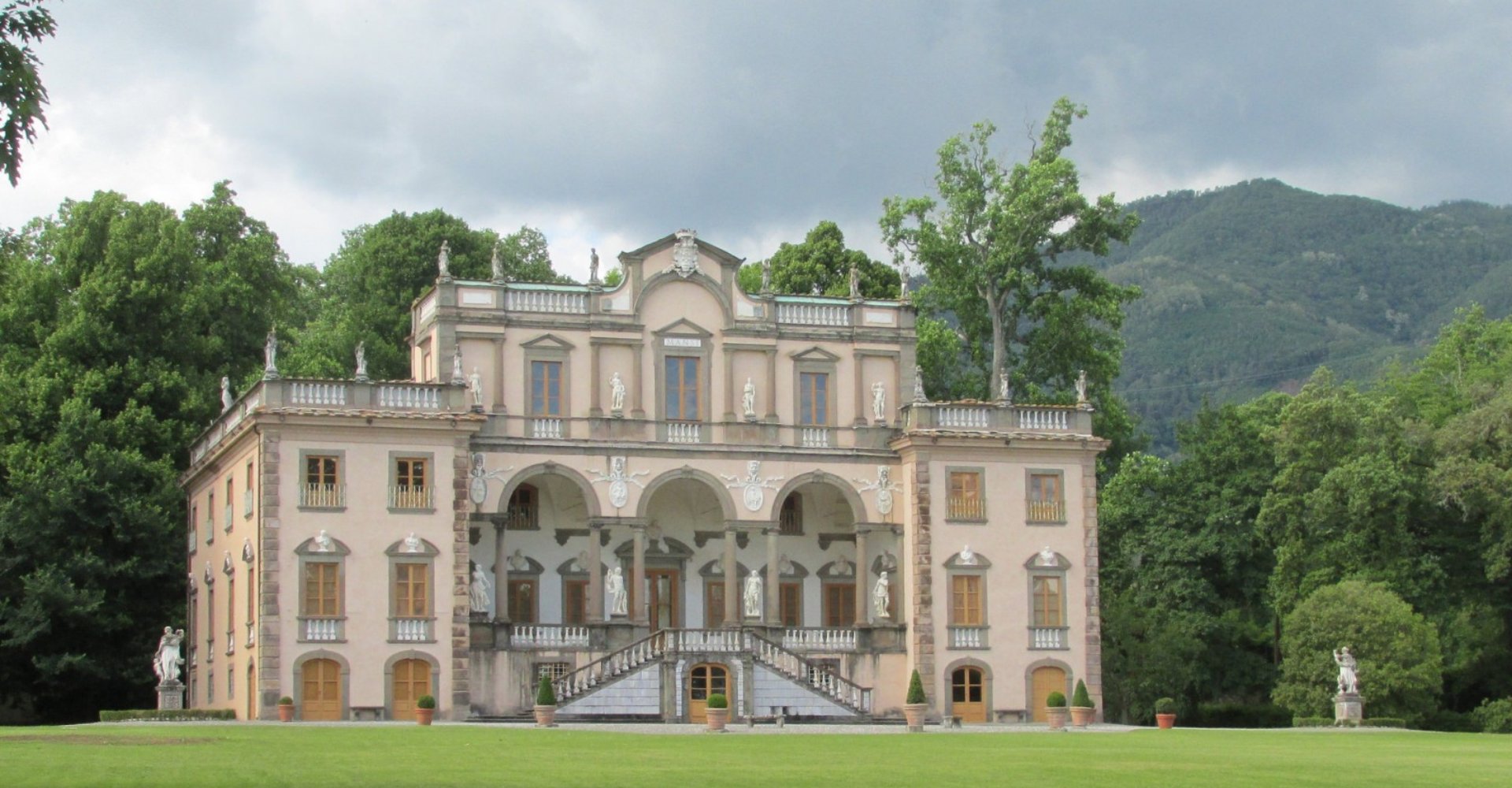

Beautiful villas in Lucca
Extraordinary villas with surreal frescoes, surrounded by parks, vineyards and olive groves
The city of Lucca has a vintage charm, sometimes giving the impression that you hardly know what era we’re living in as you walk through the historic centre. Lucca is an elegant city, with perfectly preserved walls and a few villas that once belonged to noble families. These extraordinary villas, with surreal frescoes, beautiful staircases and magnificent furnishings, dot the city and its countryside, surrounded by spectacular parks, vineyards and olive groves. Some of them are available for private parties, events and weddings, while others are open to the public on special occasions. Here is a look at a few of these superb homes.
Info: villeepalazzilucchesi.en
-
1.Villa Bernardini
-
2.Villa Grabau
-
3.Villa Mansi
-
4.Villa Oliva
-
5.Villa Reale
-
6.Villa Torrigiani
Villa Bernardini
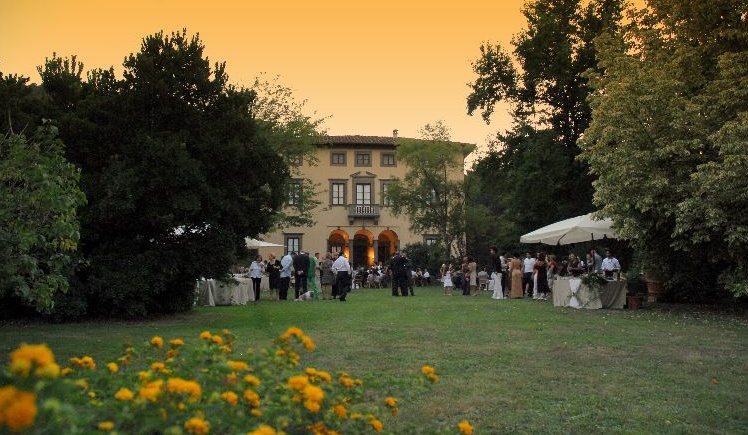
Villa Bernardini, built in 1615, is located in Vicopelago (just outside Lucca) and is one of the best-preserved villas in Lucca, built on the request of Bernardino Bernardini, the Ambassador of the Republic of Lucca, who insisted on elegance and sobriety in its design. During the summer, Bernardini would stay in the villa with his family and friends. The house is overlooked by a hill and is surrounded by an 8-hectare park, boasting more than 350 different kinds of rare plant species, as well as a limonaia. Villa Bernardini’s crown jewel is certainly the shrubbery amphitheatre, dating to the 18th century.
Info: villabernardini.it
Villa Grabau

Located in San Pancrazio, at the foot of the Lucca hills, Villa Grabau belonged to the powerful Diodati family, merchants from Lucca, and was built in the first half of the 16th century on top of a pre-existing medieval building. It originally boasted a Renaissance style, but throughout the various changes of ownership, it was transformed in the Neoclassical style, with frescoes and trompe l'oeil. The villa finally passed to the German Grabau family, who still owns the property. There is a 9-hectare park surrounding the villa, made up of a box-hedge theatre, a large English garden with rare species of trees, a large Italian garden decorated with more than 100 terracotta vases holding 100-year-old lemon plants and fountains adorned with masks and white marble statues.
Info: villagrabau.en
Villa Mansi

Villa Mansi is a magnificent palace found in Segromigno in Monte, near Capannori, about 12 kilometres northeast of Lucca. The villa features a beautiful façade in the Mannerist style, highlighted by a big lawn in front of the villa and a remarkable colour effect between the grey stone and white-ochre plaster, all decorated with numerous statues. The Benedetti were the villa’s first owners in the 16th century, then it was sold to Cenami and finally to the Mansi family, who entrusted the architect Filippo Juvarra with the task of renovating the garden. He transformed the whole park into the perfect setting, boasting a water system, water games and many scenic effects.
Villa Oliva

Villa Oliva was commissioned by the Buonvisi family at the end of the 15th century and was built by Matteo Civitali, a famous Renaissance architect who trained under Lorenzo de’ Medici’s care in Florence. The villa has an unusually large and harmonious portico, with a single block of columns stretching two floors high on the northern façade. The prestigious stables to the west of the villa are also worth noting, as is the 5-hectare park that boasts three terraces and several ponds and fountains.
Info: villaoliva.en
Villa Reale
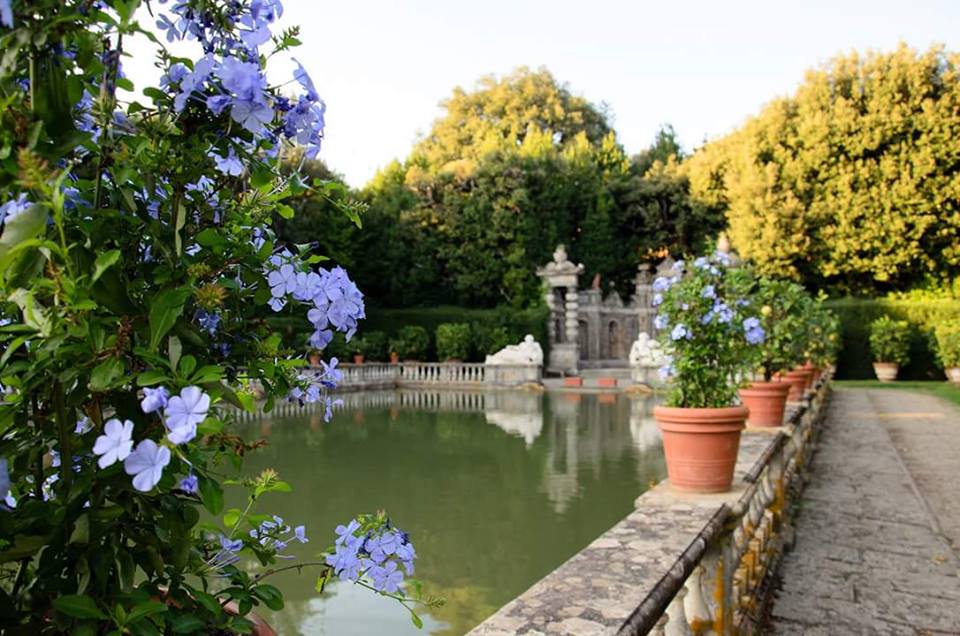
Villa Reale di Marlia was built atop a fortress that was the home of the Duke of Tuscia in the Early Middle Ages. The property later passed into the hands of Lucca’s most important families, who transformed the fortress into a magnificent villa. Elisa Bonaparte Baciocchi, Napoleon’s sister and Princess of Lucca, bought the building in 1806, after which the villa was known as “Reale” (Royal). Elisa ordered many changes to the villa and its gardens, including a partial redesign of the park bringing it in line with the 18th-century style of an English garden, decorated with statues and vases made from precious white marble from Carrara. After Napoleon’s fall from power, Villa Reale went through periods of splendour and decadence until it was bought by its current owners, who ordered a complete renovation.
Info: villarealedimarlia.it/en
Villa Torrigiani
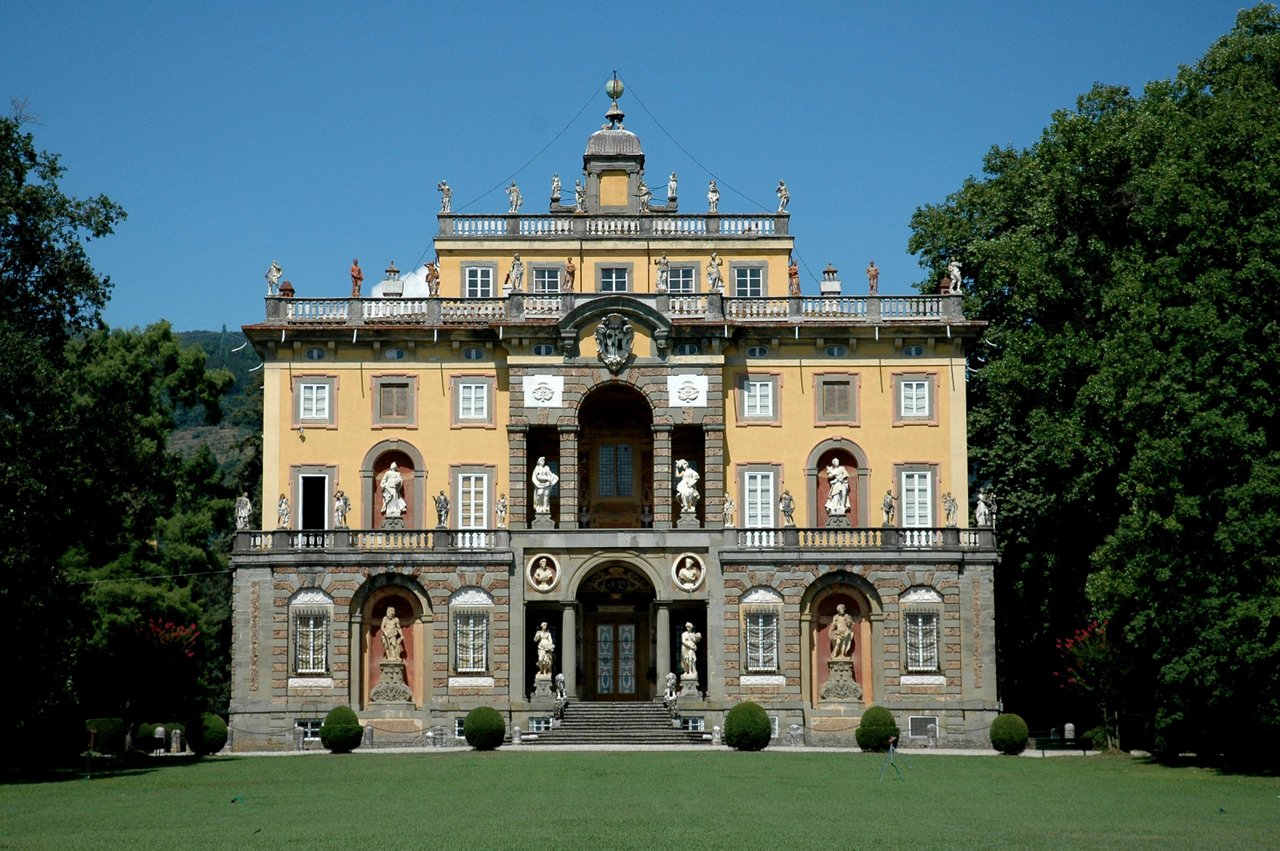
Villa Torrigiani is located in Camigliano (Capannori, Lucca) and is one of the most luxurious and scenic villas in Lucca. Inspired by his time working at the court of Louis XIV of France as the Ambassador of the Republic of Lucca, Marquis Nicolao Santini transformed the villa into a small Versailles-like palace when he bought it from the Buonvisi family in the second half of the 16th century. A long avenue of cypress trees greets visitors to the villa, which stands apart from others of its kind thanks to the multi-coloured façade, made using a variety of materials. The interior boasts an elliptical staircase, stucco decorations and other luxurious embellishments and trompe l'oeil works. The garden is equally stunning: known as the “Garden of Flora” or “Secret Garden,” it features grottoes, nymph temples, flowers, masks and water features.

